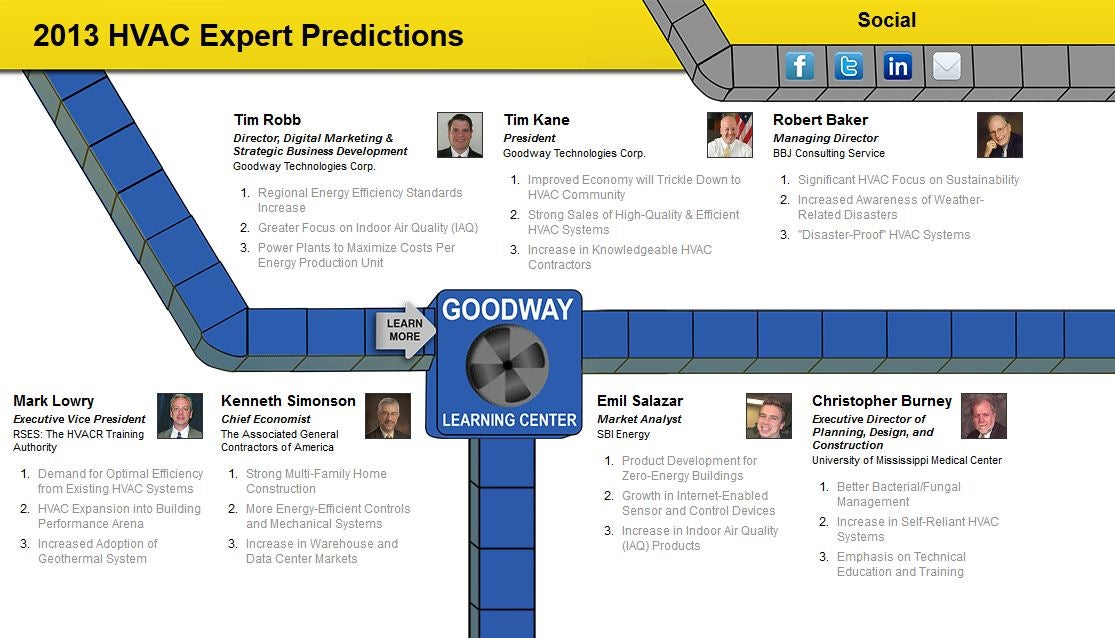Managing Heating And Cooling Issues In Your House: A Practical Guide
Managing Heating And Cooling Issues In Your House: A Practical Guide
Blog Article
Authored By-Creech Burch
Think of coming home on a scorching summer day, only to find that your a/c is not working. Irritating, right? Don't worry, you can troubleshoot typical HVAC problems in your house.
This write-up will guide you via the procedure of recognizing and taking care of airflow problems, along with repairing temperature control issues.
So, get your devices and get ready to become your own cooling and heating hero.
Recognizing HVAC System Basics
To recognize the HVAC system fundamentals, you must know just how it operates and what components comprise the system.
The heating and cooling system, which represents Home heating, Ventilation, and Air Conditioning, is responsible for keeping a comfy indoor atmosphere. It works by regulating the temperature level, humidity, and air quality in your home.
The main parts of a HVAC system consist of the heating system or heat pump, a/c, ductwork, thermostat, and air filters. The heater or heat pump is in charge of heating the air, while the a/c cools it down.
The ductwork distributes the conditioned air throughout your home, and the thermostat permits you to control the temperature. Ultimately, the air filters aid to remove dust, pollen, and various other fragments from the air.
Comprehending these basic parts will aid you repair typical a/c problems and guarantee your system operates effectively.
Identifying and Mending Air Flow Issues
To fix airflow issues in your house, you must start by looking for stopped up air filters and blocked vents. Clogged air filters can restrict the circulation of air, causing your HVAC system to work tougher and much less efficiently. It's important to routinely clean or replace your air filters to ensure proper airflow.
Additionally, obstructed vents can also hamper air flow throughout your home. Ensure that all vents are clear of any kind of obstructions such as furniture, drapes, or debris. If you observe any type of vents that are shut or partly shut, open them approximately enable much better air flow.
Another usual problem that can affect air movement is leaking duct. Inspect your ductwork for any leakages or spaces and secure them effectively to improve airflow and power performance.
Troubleshooting Temperature Control Troubles
If you're experiencing temperature level control issues in your house, check both the thermostat and the a/c system for any type of problems.
Start by examining the thermostat settings to ensure they're set appropriately. In some cases, the temperature level could be established too high or as well reduced, triggering the HVAC system to not work appropriately. If compare hvac systems are correct, inspect the thermostat for any type of physical damages or loosened connections.
Next, evaluate the cooling and heating system for any type of noticeable problems. Seek leakages, stopped up filters, or blocked vents that could be influencing the temperature level control. Additionally, ensure the system is receiving power and the breaker isn't stumbled.
If you're not able to identify or take care of the trouble, it's best to contact a specialist cooling and heating technician for additional support.
Verdict
So, there you have it! By recognizing the essentials of your heating and cooling system and repairing usual issues like airflow issues and temperature level control problems, you can keep your home comfortable all the time.
For instance, let's state you observe that some rooms in your residence are regularly warmer than others. By checking for obstructed cleaning vents in home or readjusting the dampers, you can make sure that the air flow is well balanced and every room is at the wanted temperature level.
